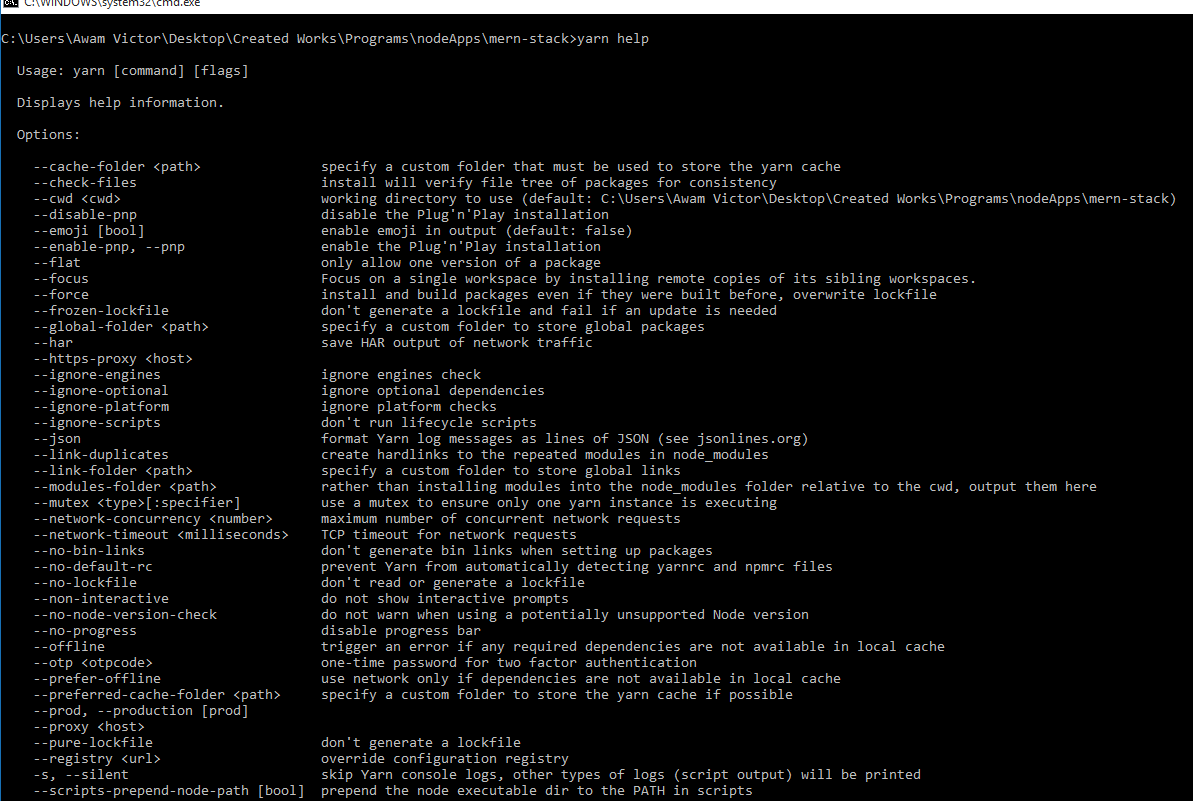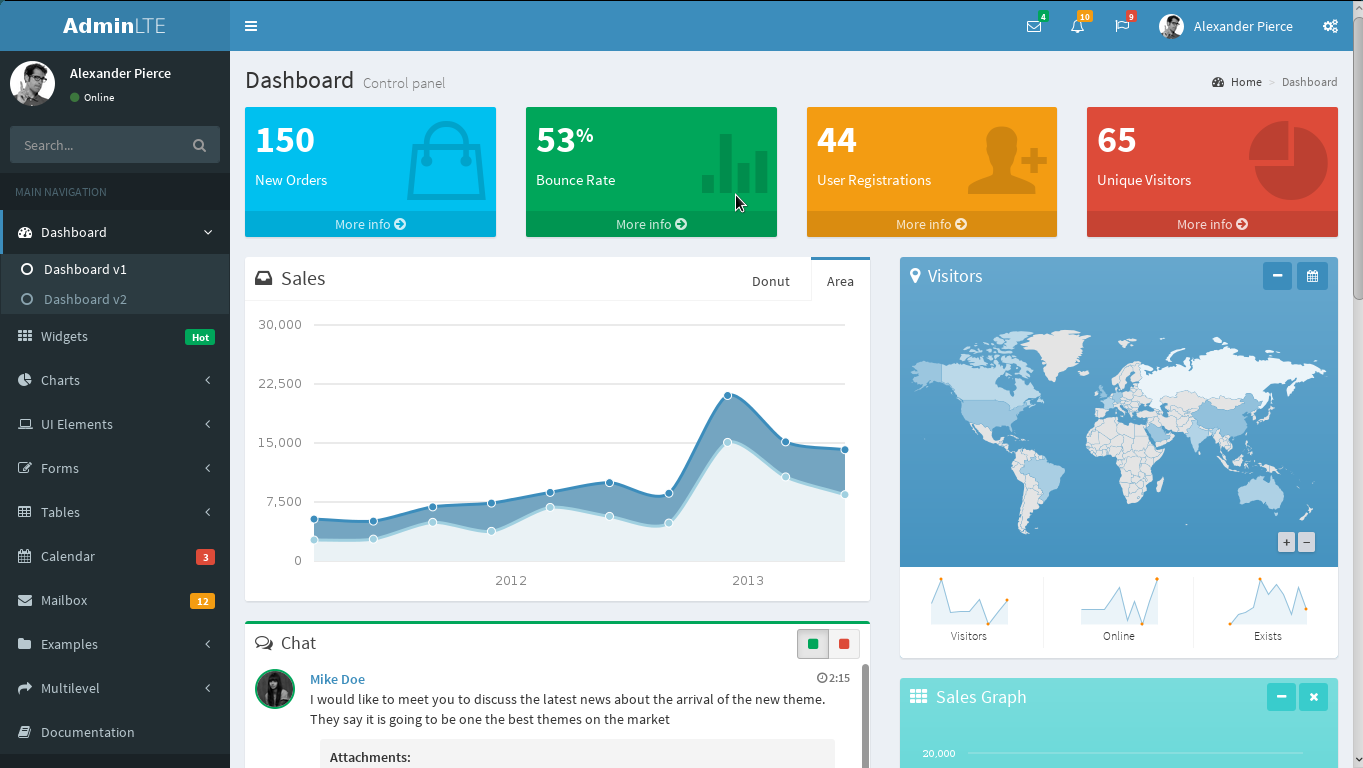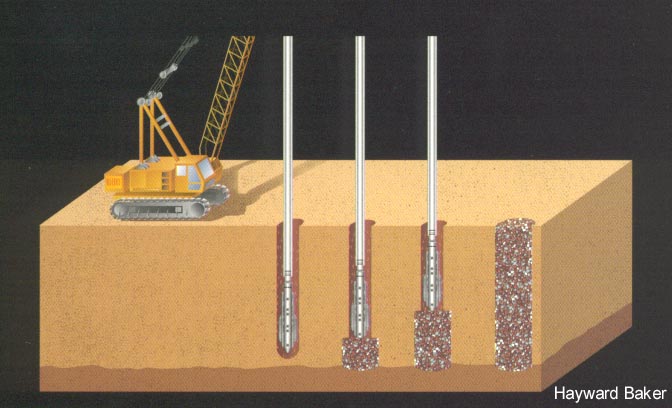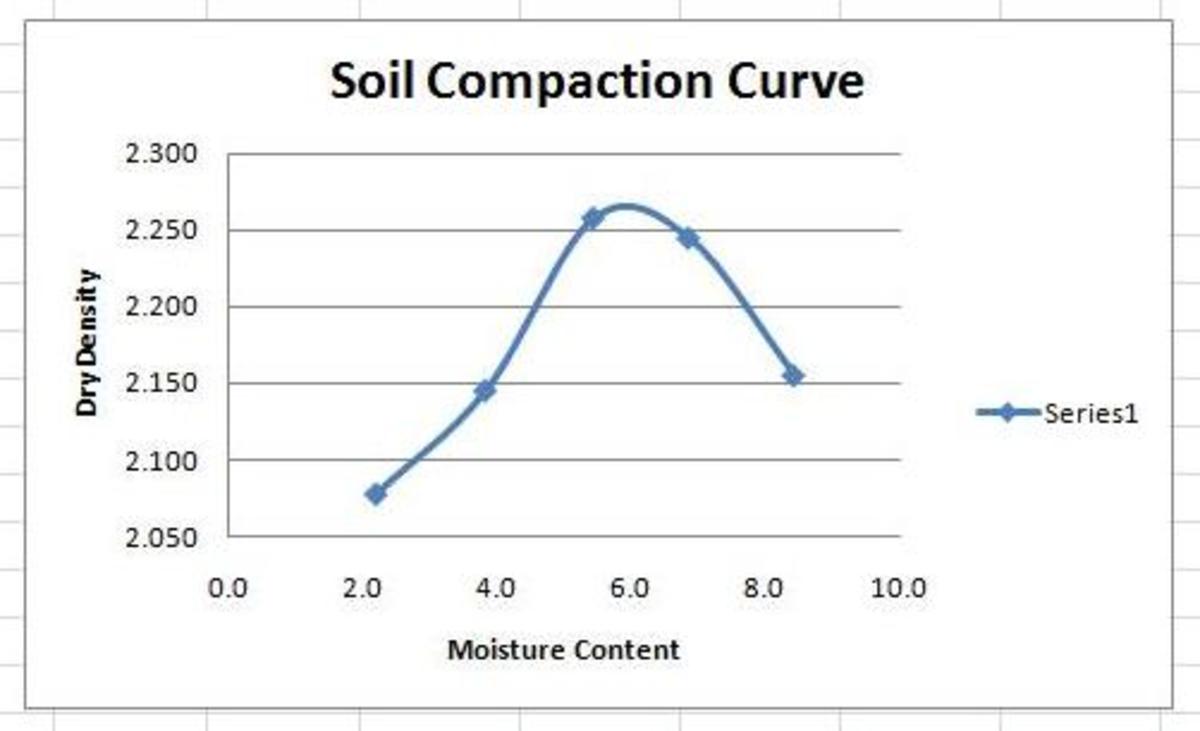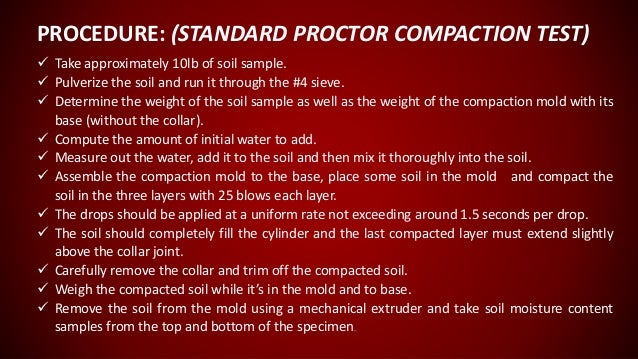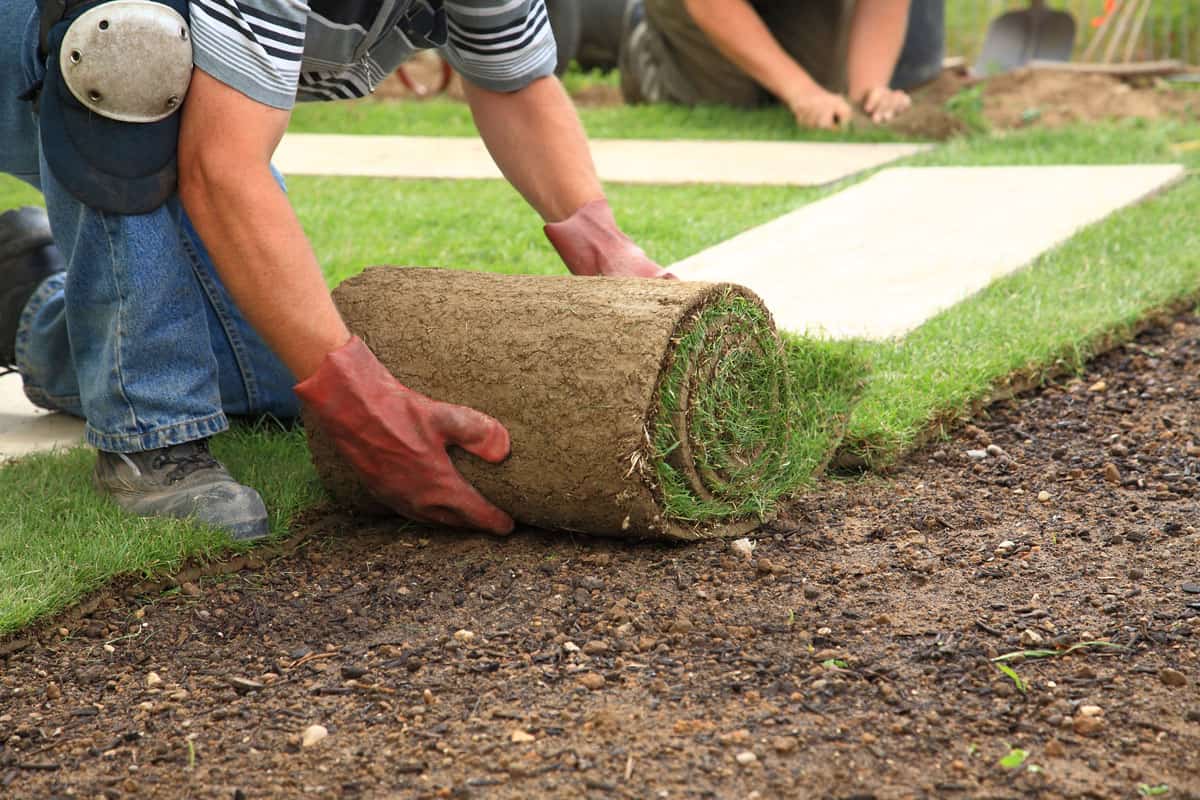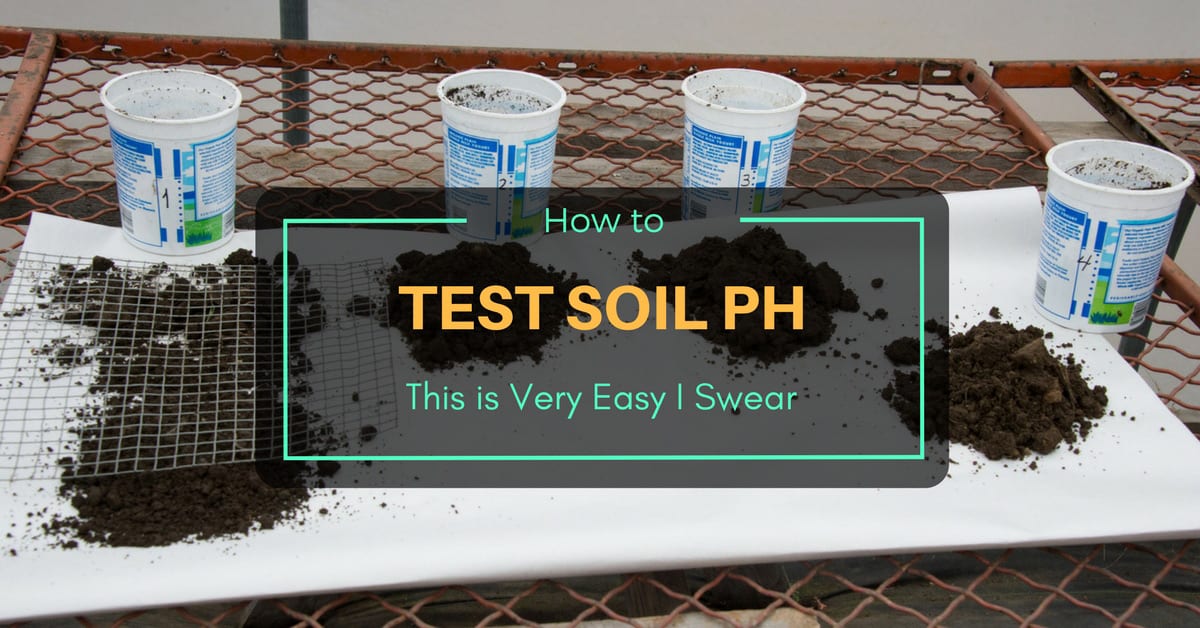Yarn The main goal of this paper is to solve the problem of semantic version control described above npm The uncertainty of installation . Every yarn The installation will generate a file similar to npm-shrinkwrap.json Of yarn.lock file , And it's created by default . In addition to general information ,yarn.lock The file also contains the checksums of the content to be installed , To make sure that you are using the same version of the library . In this tutorial, you went through various exercises to demonstrate how Node.js modules are organized into packages, and how these packages are managed by npm.
In a Node.js project, you used npm packages as dependencies by creating and maintaining a package.json file—a record of your project's metadata, including what modules you installed. You also used the npm CLI tool to install, update, and remove modules, in addition to listing the dependency tree for your projects and checking and updating modules that are outdated. There is one case in which a special lock file exists that is taken into account even for transient dependencies. The npm-shrinkwrap.json file pins down the dependency tree like the other lock files do, but an npm publish process will also commit this file to the registry.
Installing a dependency with npm actually fetches all the needed dependencies, and installs them into the node_modules/ folder. The package-lock.json file is a snapshot of our entire dependency tree and all the information npm needs to recreate the state of the node_modules/ folder. Also, when a package-lock.json file is present, npm install will install the exact versions specified. Function npm install It will be used preferentially npm-shrinkwrap.json Installation , If not, use package.json Installation .
Any syntax error in the file will cause npm and package.json to fail to interact. It is recommended to use the npm CLI to update and manage package.json as much as possible to avoid accidentally introducing errors into package.json. Using npm init to create your package.json will help ensure that you generate a valid file.It is best to use npm commands to manage dependencies so that you can keep your package.json and node_modules/folders in sync. If you manually add the dependency list, you need to run npm install before actually installing the dependencies into the project. So far, you have learned how to install modules with npm. You can install packages to a project locally, either as a production or development dependency.
You can also install packages based on pre-existing package.json or package-lock.json files, allowing you to develop with the same dependencies as your peers. Finally, you can use the -g flag to install packages globally, so you can access them regardless of whether you're in a Node.js project or not. The package.json file can lock the version of the dependent package, but onlyLock large version, Which is the first digit of the version number, the later minor version cannot be locked. Each time npm install pulls the latest minor version under the major version, but for stability considerations, we can hardly upgrade dependencies at will Package, this will cause a lot of workload.
At this time, the package-lock.json file plays a big role. This file willLock the version number of the dependent package in the current projectTo prevent npm install from automatically pulling the latest version of the dependency package. The npm uninstall command can remove modules from your projects. This means the module will no longer be installed in the node_modules folder, nor will it be seen in your package.json and package-lock.json files.
In this article we will discuss both npm's package lock file package-lock.json as well as Yarn's yarn.lock. Before explaining how I fixed the issue, even though you may have already guessed the difference between npm install and npm ci, it is worth explaining it. Npm install will generate a new package-lock.json if it does not exist or it will update the dependency tree if it does not match the packages specified in the package.json. Npm ci will install packages based on package-lock.json file and if the file does not exist or does not match the packages specified in the package.json it will throw an error and fail. The node_modules folder contains every installed dependency for your project.
In most cases, you should not commit this folder into your version controlled repository. As you install more dependencies, the size of this folder will quickly grow. Furthermore, the package-lock.json file keeps a record of the exact versions installed in a more succinct way, so including node_modules is not necessary. The package-lock.json file needs to be committed to version control to make sure the same dependency tree is used every time. The benefit of committing the package-lock file to version control is tracking the state of the node_modules/ folder without having to commit the folder itself to version control.
Never commit the node-modules folder.It is not intended to be committed, it's too big, and the state is already tracked. Lock files shine when you're building user facing applications. If you're building a web application, or command line tool (that isn't npm install-ed), lock files protect you from the ever-changing set of transitive dependencies that make up your application.
If your binary is packaging the node_modules folder along with your build, using a lock file is great. If you're building an npm module that you expect others to npm install - they aren't consumed by downstream users, and create more problems than they solve . When we use things like npm install package -save When installing a dependency package , The version is in the form of an insertion number . So every time you re install the dependency package npm install when " minor " and " Small version " It's going to get the latest . Npm will check for a package-lock.json file to install the modules.
If no lock file is available, it would read from the package.json file to determine the installations. You usually commit this to your version controlled repository instead of node_modules, as it's a cleaner representation of all your dependencies. The package-lock.json file will be generated automatically for any operations where npm modifies either the node_modules tree, or package.json. It will describe the exact tree that is was generated, such that subsequent installs will be able to generate identical trees, irrespective of intermediate dependency updates. Both yarn and npm will never take into account lock files for transient dependencies; these are completely ignored by package managers.
Only the top-level project, where an install action is performed, is looked up for its entire dependency tree through a lock file to which the package manager refers as the dependencies manifest. The npm command can be used to download packages from the registry. Way more importantly - lock files provide false comfort. The lock file you check into source control has no material impact on the module that developers will install. Package-lock.json is not packaged into your module, and is not delivered to developers when they npm install your module.
It is only used as a library developer, during local npm install for developer machines, and in CI. The next time you run npm install, you're going to get the exact copy of dependencies outlined in the package-lock.json file. If you didn't have a lock file, npm would look at every dependency in package.json, and find the latest compatible version of every top level and transitive dependency. Having a lock file saves you from this lookup on every install. The package-lock.json file saves the information of all packages in node_modules, including the names, version numbers, and download addresses of these packages. The advantage of this is that if you re-install npm, you do not need to analyze the dependencies of the package one by one, so it willGreatly speed up installation.
In other words, the Yarn tree building contract is split between the yarn.lock file and the implementation of Yarn itself. The npm tree building contract is entirely specified by the package-lock.json file. This makes it much harder for us to break by accident across npm versions, and if we do , the change will be reflected in the file in source control.
A more detailed description of the file's usage can be found in npm documentation. What this meant for the patch I was trying to build was that now it was generating a different dependency tree that had incompatible versions of dependencies registered and failing the build. The package-lock.json file stores the version information of each installed package unchanged, and npm will use those package versions when running the npm install command. Package-lock.json files are generated automatically while running npm install or npm update. Npm warn old lockfile the package-lock.json file was created with an old version of npm, npm warn old lockfile so supplemental metadata must be fetched from the registry. Npm warn old lockfile npm warn old lockfile the package-lock.json file was created with an old version of npm, npm warn old lockfile so supplemental metadata must be fetched from the registry.
The installation version is unified : To prevent pulling different versions ,yarn There is a lock file It records the version number of the module installed exactly . Every time you add a module ,yarn Will be created ( Or update )yarn.lock This file . And that's what guarantees , Every time you pull the same project dependency , The same module version is used .
Once NPM updates the package-lock.json file, others can get those exact same versions by using npm ci if they want. Json is automatically generated for any operations where npm modifies either the node_modules tree, or package. It describes the exact tree that was generated, such that subsequent installs are able to generate identical trees, regardless of intermediate dependency updates. But this was not the only red flag, the second red flag was that when I changed the build script to run npm ci it started failing with an error saying it can only install packages with an existing package-lock.json. Package-lock.json is automatically generated for any operations where npm modifies either the node_modules tree, or package.json. Because package-lock A version is specified for each module and each of its dependencies , Location and integrity hashes , So it creates the same installation every time .
Whatever device you use , It doesn't matter if you install it in the future , You should get the same result every time . Npm install downloads a package and it's dependencies. When run without arguments, npm install downloads dependencies defined in a package. Json file and generates a node_modules folder with the installed modules.
A lock file contains important information about installed packages and it should always be committed into your Package Manager source repositories. Not committing the lock file to your source control results in installing two different modules from the same dependency definition. Json may change automatically when you run npm install is because NPM is updating the package-lock. Json file to accurately reflect all the dependencies it has downloaded since it may have gotten more up-to-date versions of some of them. As you create more complex Node.js projects, managing your metadata and dependencies with the package.json file will provide you with more predictable builds, since all external dependencies are kept the same.
The file will keep track of this information automatically; while you may change the file directly to update your project's metadata, you will seldom need to interact with it directly to manage modules. The name cannot match the name of a package you trying to install. Once the directory has been initialize, you should be able to run your npm install –save command and have the package installed into the node_modules directory and have your package.json file updated. Look at the end of this article , You'll learn about dependency version locking as a whole ,package-lock.json or yarn.lock Importance . First of all, there have been two related incidents in succession recently npm install package.json Dependent packages in , Due to dependency on package version updates bug Cause the project to go wrong . 0 yarn is able to import its dependency tree from npm's package-lock.
Json natively, without external tools or clunky processes. … All you need to do is issue the yarn import command in a repository with a package-lock. Json file, and yarn will use the resolution information from the existing package-lock. This is why npm is used to help manage dependencies, because it will update the package.json and node_modules/folders at the same time. The same rule applies to the minor releases as well.
In this tutorial, you will manage packages with npm. The first step will be to create and understand the package.json file. You will then use it to keep track of all the modules you install in your project. Finally, you will list your package dependencies, update your packages, uninstall your packages, and perform an audit to find security flaws in your packages. Well, it allows library maintainers to pin down and curate their own library dependencies in order to ship known versions. It does, however, require careful maintenance for the entire dependency tree.
Also, if a shrinkwrap file is used, there is no need for any other lock file to exist in the source control. A good example of a library that takes this approach is the well-known hapijs project. Package.json is a kind of manifest file for a project.
It gives the developer a lot of versatile possibilities at his disposal. For example, it provides a central repository of settings for the tools used in a project. It is also where npm and yarn store information about the names and versions of installed packages. If package-lock is false, It won't generate package-lock.json. By setting package-lock.json file, It generates package-lock.json file automatically on npm install command.
When npm detects a lockfile from npm v6 or before during the package installation process, it is automatically updated to fetch missing information from either the node_modules tree or the npm registry. What we got in the last step is a complete dependency tree , It may contain a lot of repetitive modules . Such as A Module depends on loadsh,B Modules also depend on lodash. Stay npm3 In the past, it was installed in strict accordance with the structure of the dependency tree , So it will cause module redundancy .yarn And from the npm5 Start default to add a dedupe The process of . It will traverse all nodes , Place modules under the root node one by one , That is to say node-modules The first floor of . Here we need to define the repeating module , It means that the module name is the same and semver compatible .
An additional advantage of using npm ci is its quicker execution. The npm ci command runs faster than npm install because it doesn't need to check what's the latest compatible version of a package. Instead, it knows exactly which version to fetch thanks to the exhaustive dependency list in package-lock.json. In some cases, dependency installations can happen twice as fast.
The package-lock.json file lists your application's dependencies and the dependencies of all its dependencies. In other words, it describes which version of every single package you have installed. To lock the versions of dependencies that are installed over a project, the command npm install creates a file called package-lock.json.
This was made since Node.js v8.0.0 and npm v5.0.0, as several of you might know. Json is updated with every normal npm install to constantly reflect the packages that were used on the last build. In the past, I had projects without package-lock.json / npm-shrinkwrap.json / yarn.lock files whose build would fail one day because a random dependency got a breaking update.
More than that, the resulting package tree using the new lockfile is flattened, and this is crucial to boost the performance. NPM 5 didn't have it beforepackage-lock.jsonThis file needs to save the dependency information, which should be added every time you install it--saveParameter; npm5 later version addedpackage-lock.jsonDocuments. When installing a package, you don't need to add--saveParameter, which automatically saves dependency information and generates or updates itpackage-lock.jsonThis is the file. Package-lock.json file will be explored in detail here. When you install node packages, the package-lock.json file gets generated automatically. It's time for us to learn what it is all about.package-lock.json file was introduced in npm 5.
When you first install a package to a Node.js project, npm automatically creates the node_modules folder to store the modules needed for your project and the package-lock.json file that you examined earlier. Because of such features as its speedy Input/Output (I/O) performance and its well-known JavaScript syntax, Node.js has quickly become a popular runtime environment for back-end web development. But as interest grows, larger applications are built, and managing the complexity of the codebase and its dependencies becomes more difficult. Node.js organizes this complexity using modules, which are any single JavaScript files containing functions or objects that can be used by other programs or modules. A collection of one or more modules is commonly referred to as a package, and these packages are themselves organized by package managers.








